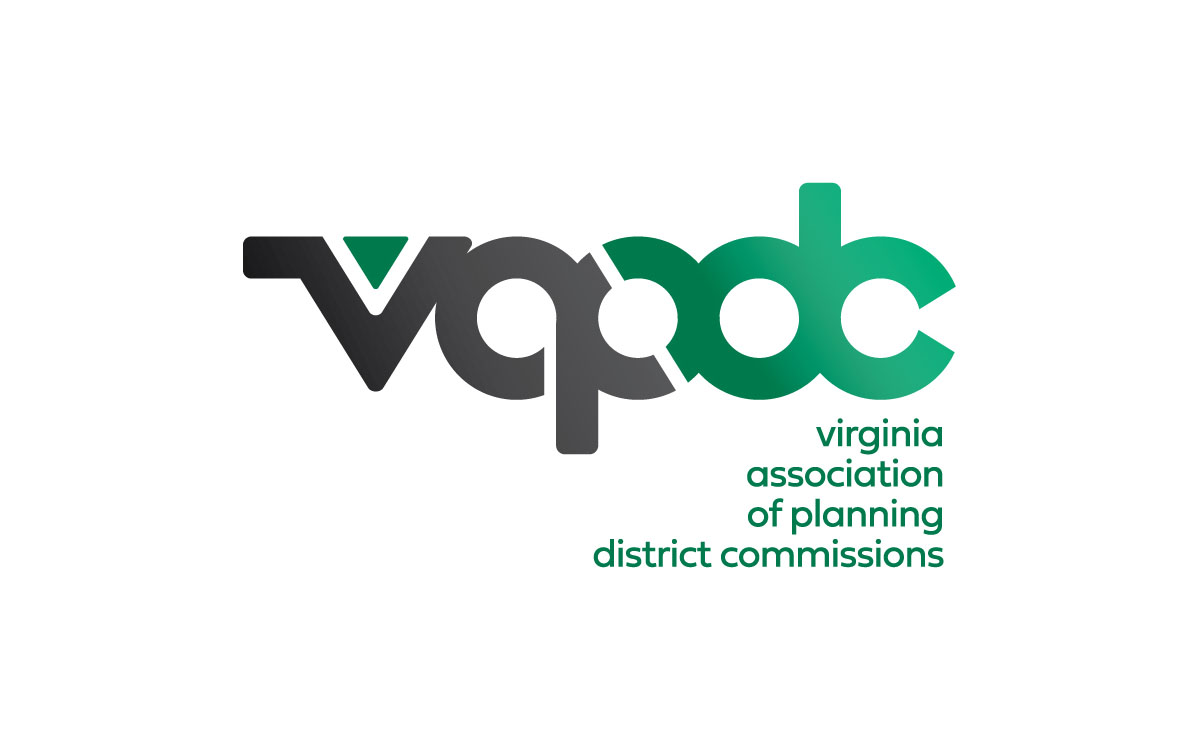In 2011 DEQ completed James River and Tributaries TMDL Implementation Plan: A Plan to Reduce Bacteria in the James River and its Tributary Watershed. The IP, or comprehensive watershed management plan to reduce sources of E.coli bacteria in a number of streams which drain from portions Bedford, Campbell, and Amherst counties and the City of Lynchburg. The IP, presents a menu of actions or activities, commonly referred to as Best Management Practices (BMPs), that when implemented over time will assist in meeting water quality standards. The Implementation Plan (IP) presents a menu of BMPs, a description and benefit of the BMPs, an overview of the local partners and stakeholders that will be instrumental in implementing identified land and water management practices, a timeline to achieve measurable water quality goals, and the associated costs of implementing identified activities. Examples of BMPs include activities such as repairing failing septic tanks, ensuring regular pump out of septic tanks, fencing livestock from access to streams, and establishing vegetated buffers along streams.
The eights streams portions include: 18.43 miles of James River, 5.37 miles of Ivy Creek, 5.9 miles of Tomahawk Creek, 3.47 miles of Burton Creek, 10.55 miles of Judith Creek, 5.45 miles Fishing Creek, 10.24 miles of Blackwater Creek, and 8.5 miles Beaver Creek.
MapTech Incorporated, Blacksburg, Virginia, developed the IP under local stakeholder guidance. The James River IP was initiated as a result of a MDL, or pollutant load study, on a number of the same streams in 2007.
The James River Implementation Plan was initiated as a result of a TMDL, or pollutant load study, on a number of the same streams in 2007.
Project Documents
James River at Lynchburg Implementation Plan (Bacteria TMDL) Technical Report

